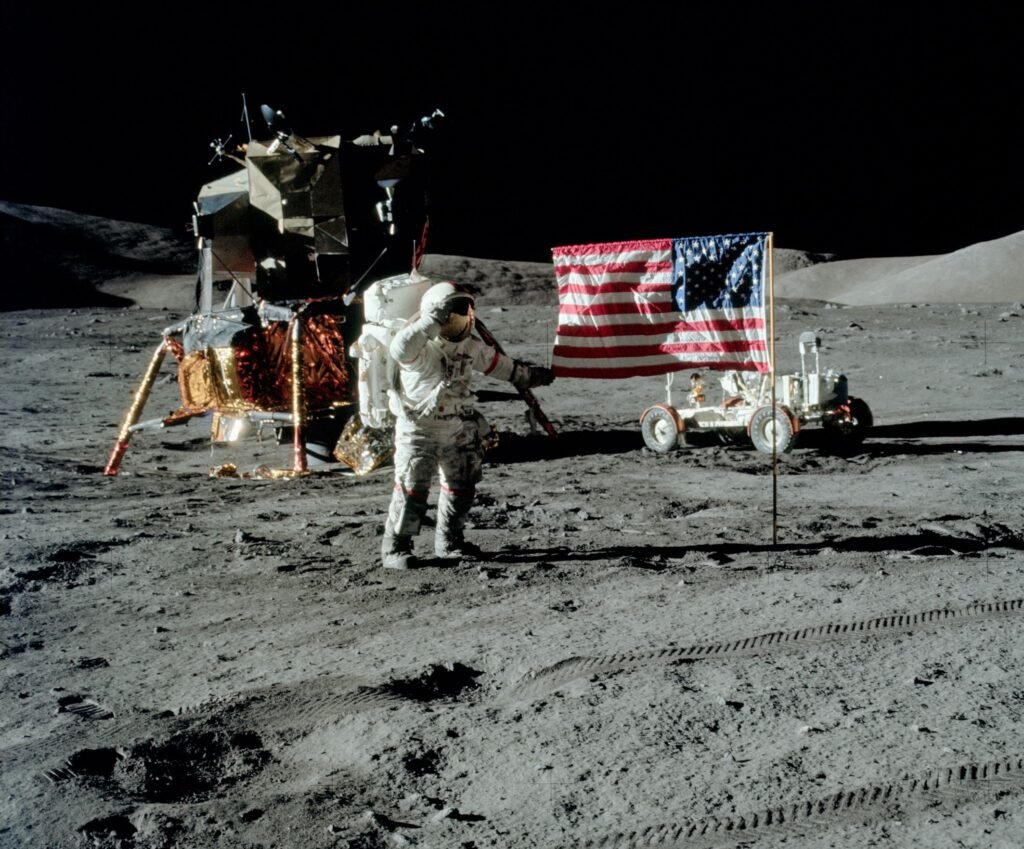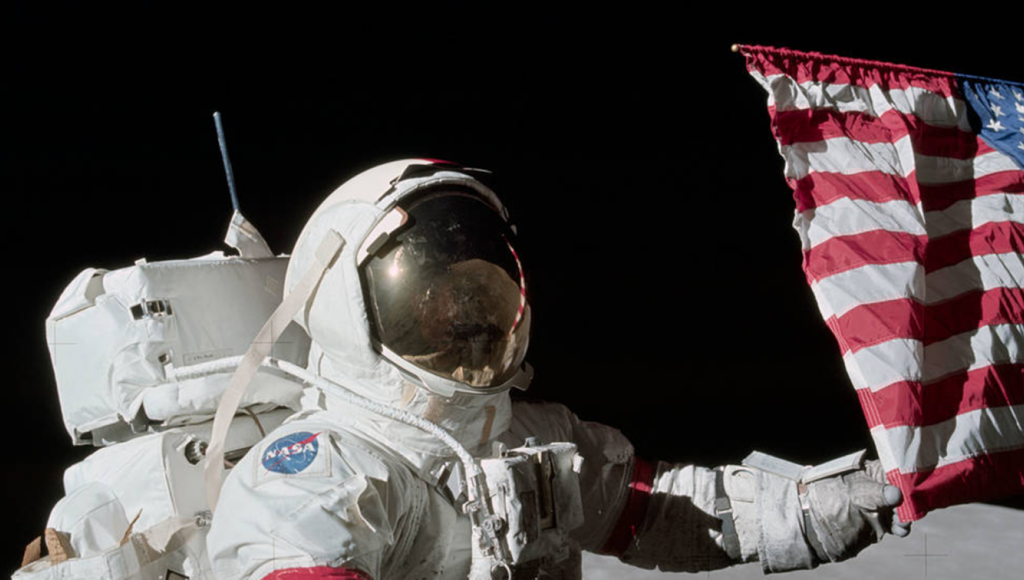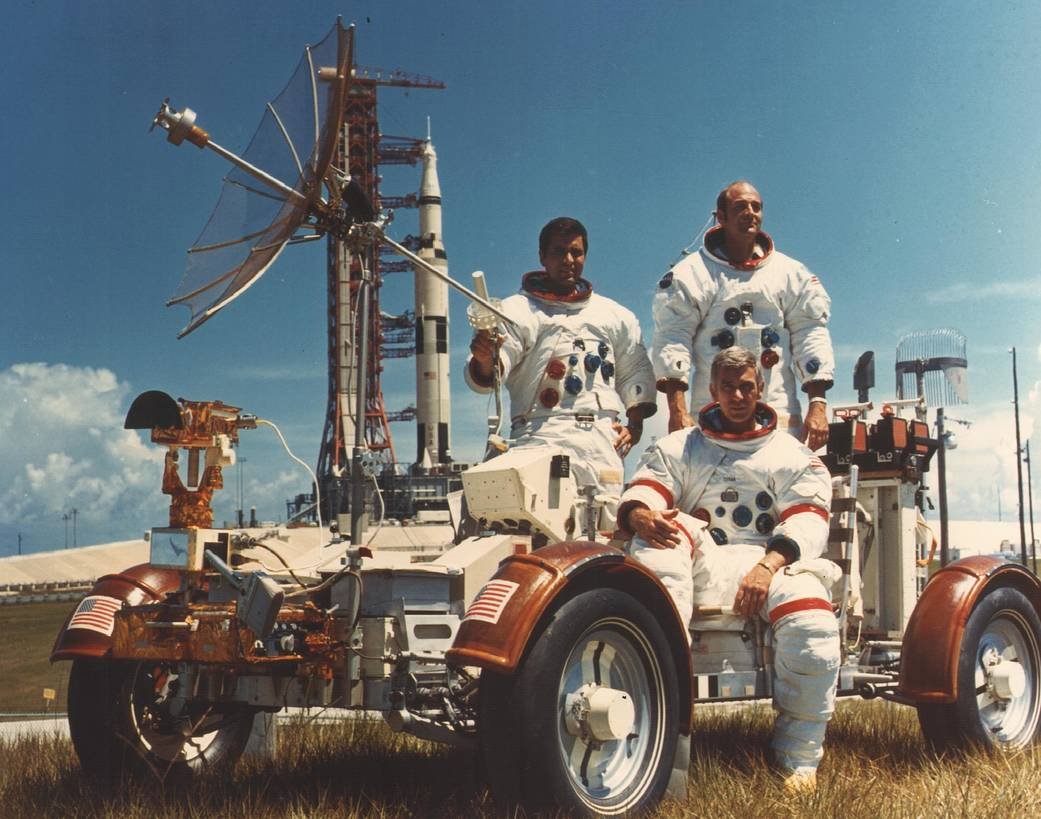Introduction
Journey of the Apollo 17 crew On December 11, 1972, the world bore witness to a momentous occasion as Apollo 17, the culminating mission of the Apollo program, successfully touched down on the moon. This historic event marked not only the pinnacle of human space exploration at the time but also the grand finale of an era that had captivated the imaginations of millions. In this comprehensive exploration, we delve into the intricate details of the final lunar odyssey, tracing the journey of the Apollo 17 crew, their scientific endeavors, and the enduring legacy left on the lunar surface.
Table of Contents
The Apollo 17 Crew: Pioneers of the Final Frontier
At the heart of this extraordinary mission were three exceptional astronauts—Commander Eugene Cernan, Command Module Pilot Ronald Evans, and Lunar Module Pilot Harrison Schmitt. These intrepid explorers embarked on a journey that would not only contribute significantly to our understanding of the moon but also etch their names in the annals of space history.

Setting the Stage: The Launch and Journey to the Moon
The odyssey began on December 7, 1972, as Apollo 17 thundered into the cosmos from Kennedy Space Center in Florida atop the mighty Saturn V rocket. The crew, armed with meticulous training and an unwavering sense of purpose, charted a course through the cosmic seas, headed towards the moon. Their vessel, a marvel of engineering, carried the hopes and dreams of a generation eager to explore the mysteries of the lunar landscape.
Dec. 11, 1972: A Date for the Ages
The culmination of this celestial journey occurred on December 11, 1972, when the lunar module, piloted by Eugene Cernan and Harrison Schmitt, gently descended to the moon’s surface. Meanwhile, Ronald Evans orbited above in the command module, overseeing the historic touchdown. The significance of this day reverberated through time, as the final chapter of lunar exploration unfolded before a captivated global audience.
Scientific Discoveries and Lunar Exploration
The Apollo 17 crew, armed with a suite of scientific instruments, embarked on a mission to unravel the mysteries of the moon. The lunar rover, a technological marvel, allowed Cernan and Schmitt to cover extensive distances, conducting experiments and collecting samples that would shape our understanding of the moon’s geology and evolution.
Dec. 11, 1972, witnessed the astronauts conducting extravehicular activities, their footsteps echoing in the lunar regolith. The lunar module served not only as a temporary shelter but as a base for scientific inquiry that would contribute invaluable data to the scientific community and beyond.

The Final Goodbye and Return to Earth
As the sun set on Dec. 11, 1972, Commander Eugene Cernan became the last human to set foot on the lunar surface. His poignant words, “We leave as we came, and, God willing, as we shall return, with peace and hope for all mankind,” resonated across the vast expanse of space, encapsulating the spirit of exploration and the potential for future endeavors beyond Earth.
The ascent stage of the lunar module rejoined the command module, and the crew bid a final farewell to the moon. The return journey to Earth was met with a mix of anticipation and relief, marking the successful conclusion of the Apollo 17 mission and the broader Apollo program.
The Enduring Legacy
Dec. 11, 1972, remains etched in the collective memory of humanity as a pivotal date in space exploration. The Apollo 17 mission not only expanded our understanding of the moon but left an indelible legacy for future generations. The scientific data collected, coupled with the inspirational feats of the crew, continue to serve as a beacon for aspiring scientists, engineers, and explorers.
Conclusion
In reflecting upon the monumental achievement of Apollo 17 on Dec. 11, 1972, we celebrate the bravery, ingenuity, and dedication of the Apollo 17 crew. Their indomitable spirit, coupled with the scientific advancements made during this mission, has left an enduring imprint on the history of human exploration. As we peer into the cosmos, let us acknowledge the significance of this final lunar odyssey and continue to draw inspiration from the audacious endeavors of those who dared to reach for the stars.


